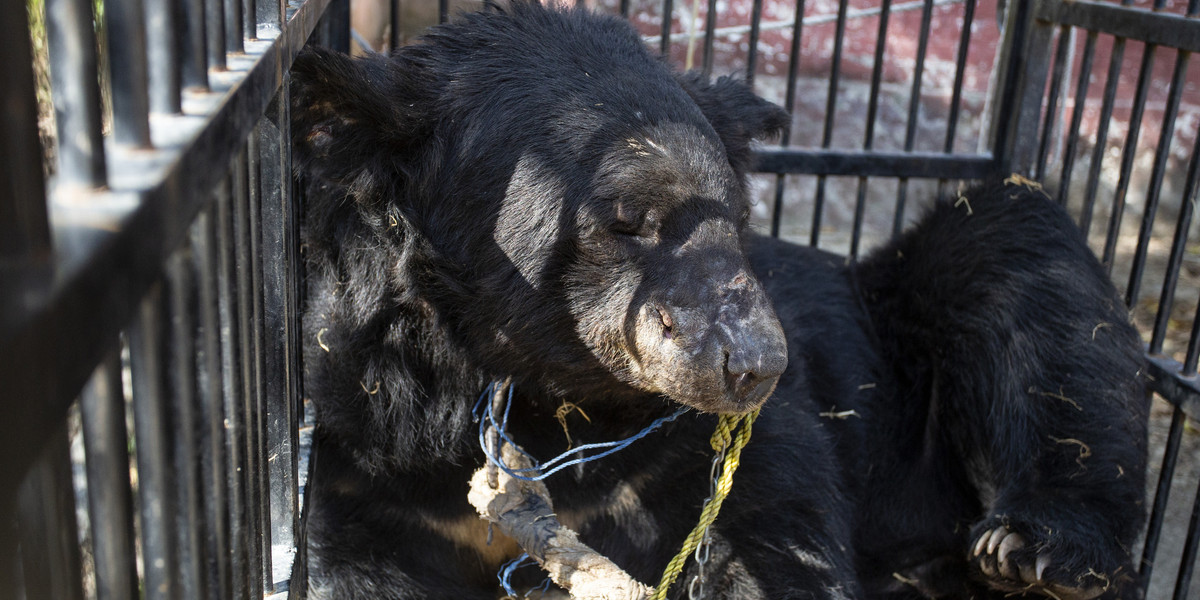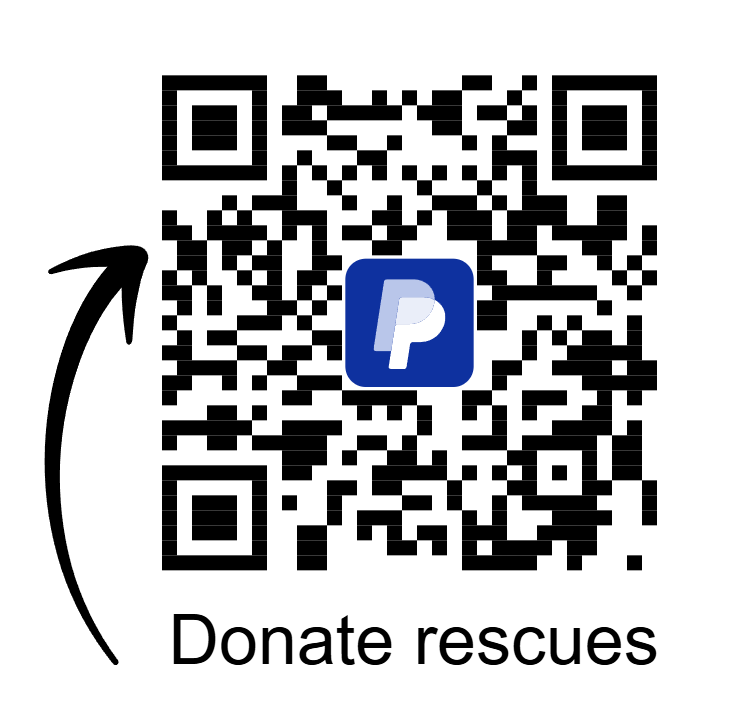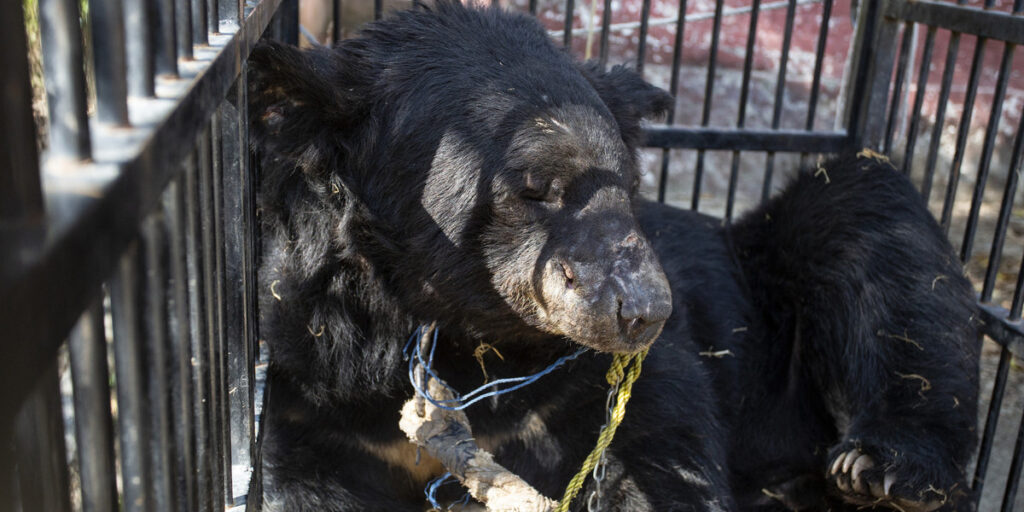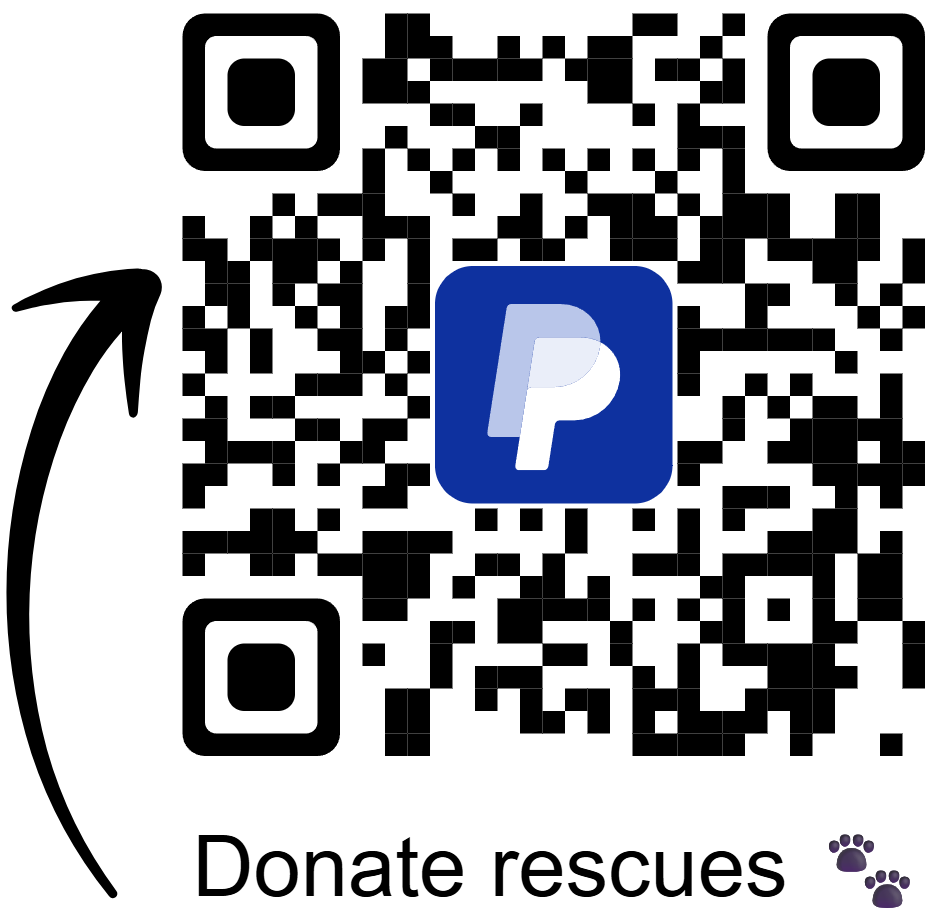This rescued, though difficult and emotional, may have saved its life. However, the story also raises urgent questions: Why do such brutal traps still exist? And what can we do to protect animals who cannot protect themselves?

In the heart of a quiet forest in North America, a young black bear was recently found in a life-threatening situation that underscores a dark reality many wild animals still face. Caught in an illegal steel-jaw trap, the bear had spent several days immobilized, alone, and in unimaginable pain. Without food or water and with a severely injured leg, the bear’s life was slowly slipping away—until help finally arrived.
Thanks to the alertness of a hiker and the quick coordination of wildlife responders, the bear was safely tranquilized, freed from the trap, and transported to a wildlife rehabilitation center.
The Cruelty of Illegal Traps
Steel-jaw traps, often banned or heavily restricted by law, are one of the most painful and inhumane devices still used by poachers and illegal hunters. Designed to snap shut with powerful force, these traps don’t just restrain—they crush. Animals caught in them can suffer broken bones, torn muscles, deep lacerations, and sometimes fatal infections.
This black bear, estimated to be around two years old, had unknowingly stepped into one of these traps while foraging. It tried desperately to escape, likely twisting and pulling for hours. By the time it was found, the damage to its leg was extensive, and its condition was rapidly deteriorating. Rescue workers described the scene as heartbreaking—yet sadly, not uncommon.
Despite being illegal in many areas, traps like these are still used by individuals seeking profit through the unregulated hunting or capturing of wildlife. The consequences are devastating not only for the animals but also for communities that care about preserving nature and biodiversity.
The Power of Timely Rescue
The bear’s rescue operation began when a local hiker reported distressed animal sounds deep within the woods. Wildlife officials responded within hours. Navigating difficult terrain, they located the injured bear, sedated it to prevent further stress and harm, and carefully removed the trap.
Veterinarians at the wildlife rehabilitation center immediately began treatment. The bear’s leg was swollen, with deep wounds and early signs of infection. With antibiotics, pain management, wound care, and around-the-clock observation, the bear has slowly begun its recovery. While full recovery may take months, there is hope that it can one day be returned to its natural habitat.
This successful rescue was the result of teamwork, training, and deep compassion. It also highlights the crucial role of wildlife response organizations and local citizens who act when they see suffering.
Why This Story Matters
This single incident represents thousands of unseen tragedies happening in forests, fields, and remote areas every year. For every animal rescued, many more remain trapped and die in silence. Illegal hunting and trapping continue to be a serious threat to wildlife across the globe.
Black bears, in particular, are essential to their ecosystems. They help distribute seeds, manage insect populations, and contribute to forest regeneration. Protecting them is not just an ethical responsibility—it’s vital to environmental health.
Moreover, these animals symbolize the fragile balance between humans and nature. When we allow cruelty to go unchecked, we endanger not only animals but also the integrity of our shared world.
What You Can Do to Help
If you feel moved by this bear’s story, there are many ways you can take action and support wildlife protection efforts:
Stay Vigilant
If you hike or live near forested areas, keep an eye out for traps or signs of animal distress. Report suspicious activity to wildlife authorities immediately.
Support Wildlife Organizations
Many groups working to rescue wild animals rely on donations, volunteers, and community outreach. Even a small contribution can help fund medical care, transport, and sanctuary space.
Educate Others
Raise awareness by sharing stories like this. The more people understand the impact of illegal trapping, the more pressure there will be to stop it.
Advocate for Stronger Laws
Contact your local representatives and ask for stricter enforcement of animal protection laws. Support legislation that increases penalties for illegal hunting and trapping.
Promote Coexistence
Support efforts to create safe habitats, wildlife corridors, and education programs that help humans live harmoniously with wild animals.
A Second Chance, A Shared Responsibility
The rescued bear now has a second chance at life—but it should never have suffered in the first place. This bear’s journey from pain to healing is not just a story of rescue—it’s a call for change. It reminds us that the lives of wild animals are deeply affected by human actions, both harmful and helpful.
We all have a role to play in ensuring the safety of wildlife. Whether you donate, speak out, report abuse, or simply educate your community, your voice matters.
Be Their Guardian
Nature can be beautiful, wild, and free—but only if we protect it. Let this bear’s rescue inspire us to act before more animals suffer. Let’s work together to end illegal trapping, support rescue teams, and create a world where no animal has to endure such pain alone.
Together, we can ensure that the next time a wild animal is in danger, someone will be there to help—and eventually, no one will need to.
“Every tip to Donate Rescue AnimalSupport369 is a ray of hope – where abandoned animals find loving homes.”
 Skip to content
Skip to content


